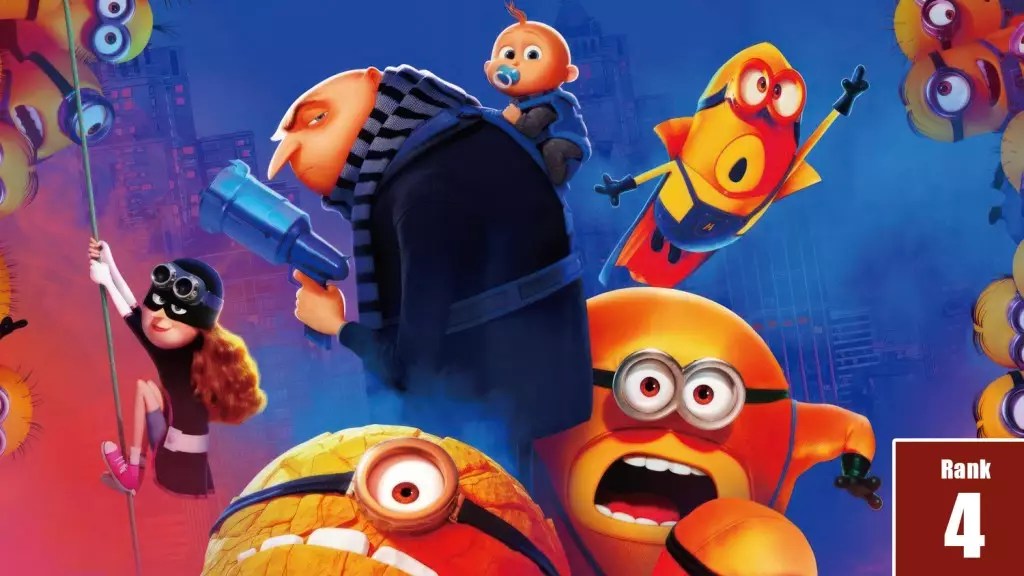Hollywood is in the midst of a seismic shift, a transformation that’s not merely about box office numbers but extends into an intricate web of downstream revenues. As we step into the new era of filmmaking in 2024, it becomes increasingly evident that traditional metrics for success—ticket sales and opening weekend figures—no longer tell the whole story. Streaming platforms have disrupted the age-old financial models, forming a new landscape where films can be deemed “financial successes” despite lackluster box office performance. This somewhat convoluted reality is underscored by the absence of Amazon and Apple Studios in discussions of valuable blockbusters, as they utilize metrics that traditional studios can only envy, further complicating the conversation around Hollywood’s profitability.
The approach of studios like Disney and Warner Bros is to drive home the profits from not only theatrical releases but also the subsequent streaming, merchandising, and international market potentials. The figures tell a compelling yet frustrating story—while box office analysts dissect the performances of films within their opening weekends, true value might lie in long-term box store deals and the content’s adaptability to streaming services where fortunes may lie in residuals rather than upfront entries. This raises an essential question: is the blockbuster model dead, or is it simply evolving?
The Minions Franchise: A Case Study in Enduring Appeal
Consider the latest offering from Universal’s Illumination Studios, *Despicable Me 4*, which has redefined our understanding of what it means to sustain interest and engagement. This animated series, now 15 years strong, surpasses the $5 billion mark in worldwide revenue—an incredible milestone for any animated franchise. The introduction of baby Gru Jr., alongside the popularization of comedic themes and memetic references, underscores the greatness of straightforward storytelling combined with sharp character arcs. Furthermore, who could forget the strategic marketing that permeated pop culture? It went beyond conventional ads; we saw everything from viral moments to cross-promotions at high-impact events like the Super Bowl and the Kentucky Derby.
The fertility of this franchise illustrates that savvy marketing can turn material into a cultural phenomenon. The inclusion of characters like Maxime Le Mal, portrayed by Will Ferrell, and strategic choices to use the Minions as agents of satire demonstrates an undercurrent of humor that resonates across generations. The $170 million global campaign—pegged against a modest production budget of $100 million—essentially proves the effectiveness of investing in a multifaceted marketing approach. The cumulative $370 million net profit is a powerful statement about the evolving film economy and its symbiotic relationship with audience engagement.
The Streaming Challenge: Innovating in Uncertain Waters
However, the crux of the issue lies in how films are consumed today. With Amazon and Apple reshaping the filmmaking ethos, this new fabric of media consumption introduces uncertainty that traditional models can hardly compete against. Where studios previously depended on straightforward box office metrics, the emergence of premium video on demand (PVOD) and subscription services leads to anomalies such as films that may appear to flop at the box office but later flourish in the comforting arms of streaming. In this ever-complex ecosystem, how do we gauge value?
Take, for example, the intricate details that are woven into the fabric of a film’s release and the impact of strategic partnerships. The Funko pop-ups in major cities coinciding with the *Despicable Me 4* theme only skim the surface of the broader commercial ecosystem. A film’s cultural imprint can significantly enhance its revenue potential—leading to unforeseen monetization pathways not only through ticket sales but also via merchandise, brand partnerships, and licensing deals.
The Great Hollywood Debate: Between Tradition and Innovation
Nevertheless, this transition carries with it a significant debate among filmmakers, producers, and industry veterans about creative quality versus financial viability. With the traditional Hollywood structure waning in significance, debates rage on the balance between artistic integrity and financial aspirations. Will the need to please an algorithm overshadow the deep-rooted storytelling traditions?
While multiplexes remain necessary fixtures in the economy of cinema, there exists a growing divide between films designed to cater to theatrical experiences versus those only made for streaming platforms. Thus, studios walking the tightrope need to innovate while ensuring that storytelling stays paramount.
As we venture deeper into 2024’s cinematic landscape, one crucial realization becomes evident: the future belongs to those who can master the duality of artistic ambition paired with astute financial strategy. The challenge for filmmakers and executives lies in navigating this evolving terrain, thereby establishing new principles that define success in the film industry—a journey that promises to be anything but predictable.


Leave a Reply